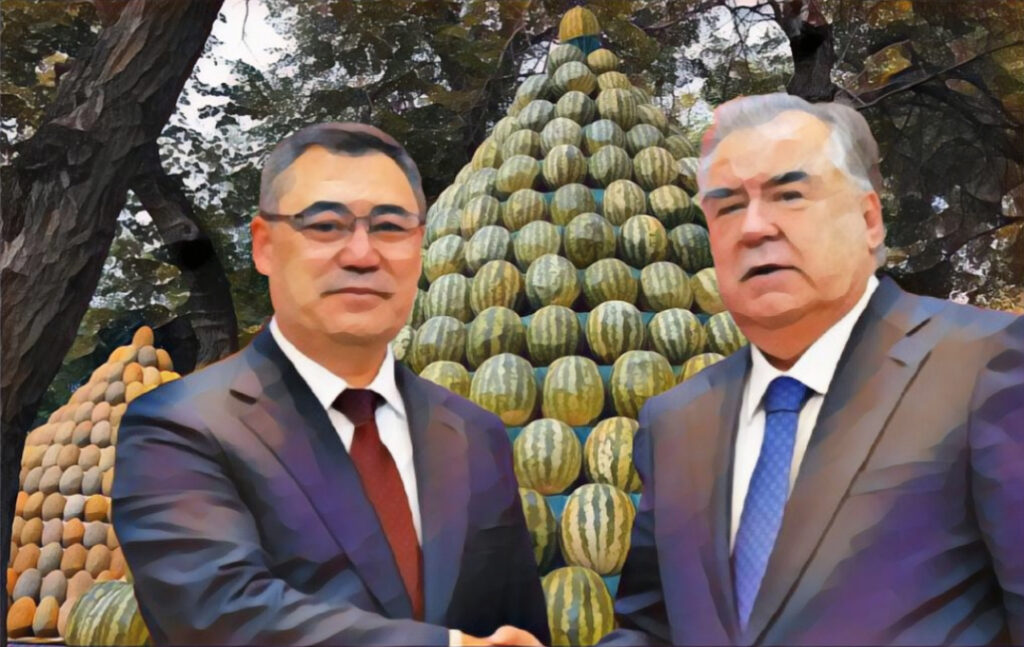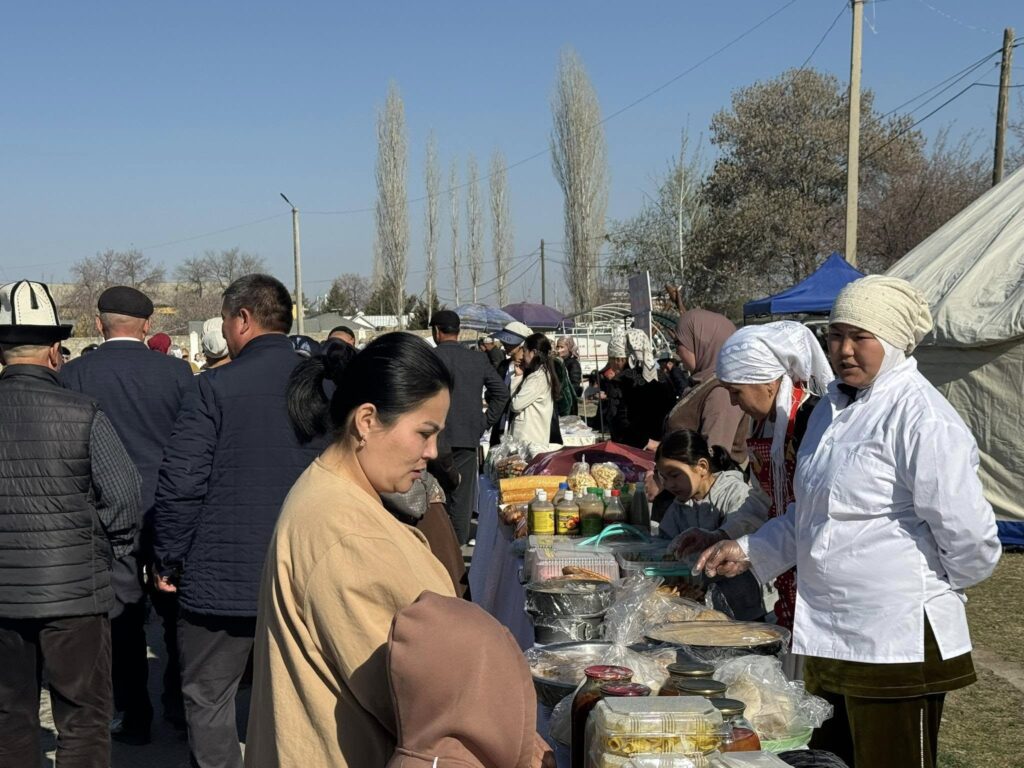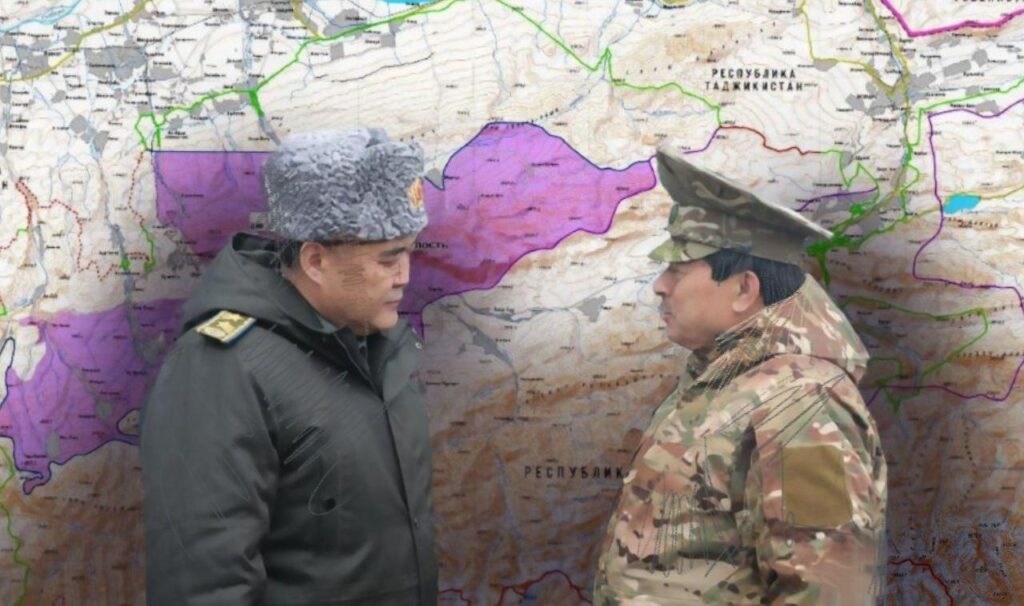Kyrgyz Authorities Upgrade Energy Infrastructure in Conflict-Affected Batken Region
Authorities in Kyrgyzstan have modernized more than 600 kilometers of high-voltage power lines in the Batken region and launched construction of a new power substation near the Tajik border, an area impacted by armed clashes in 2022. According to the National Electric Grid of Kyrgyzstan (NEGK), stable and uninterrupted power supply has been ensured across all settlements in the region during the first half of 2025. Major repairs extended to remote mountainous areas prone to natural hazards, where energy workers replaced over 2,500 outdated porcelain insulators, enhancing grid reliability. Much of the infrastructure was located in landslide-prone and difficult-to-access terrain. “To prevent natural disasters, particularly floods, and ensure the safety of electrical equipment, we reinforced overhead power lines using gabions, stone materials, wire ties, and specialized equipment,” the NEGK reported. The Batken region experienced prolonged blackouts following the 2022 Kyrgyz-Tajik border conflict, which left 32 settlements without electricity. Although power was restored within a year, much of the infrastructure had not been updated for decades. Local officials now say outages should become rare. Construction has also begun on a new substation valued at $800,000 near the Tajik border, with completion expected by October 2025. The facility will supply electricity to an 800-hectare area, including the newly built village of Zhan Dostuk. The village is designated for residents displaced from areas transferred to Tajikistan under an intergovernmental agreement. Power will also extend to the planned city of Batken City, newly constructed state-owned mortgage housing, a large Russian-language school, and a stadium with a capacity of 10,000 spectators. Additionally, the region remains a key hub for the CASA-1000 project, which aims to export electricity from Kyrgyzstan and Tajikistan to Pakistan via Afghanistan, an initiative that officials say will strengthen energy infrastructure across Central Asia.






